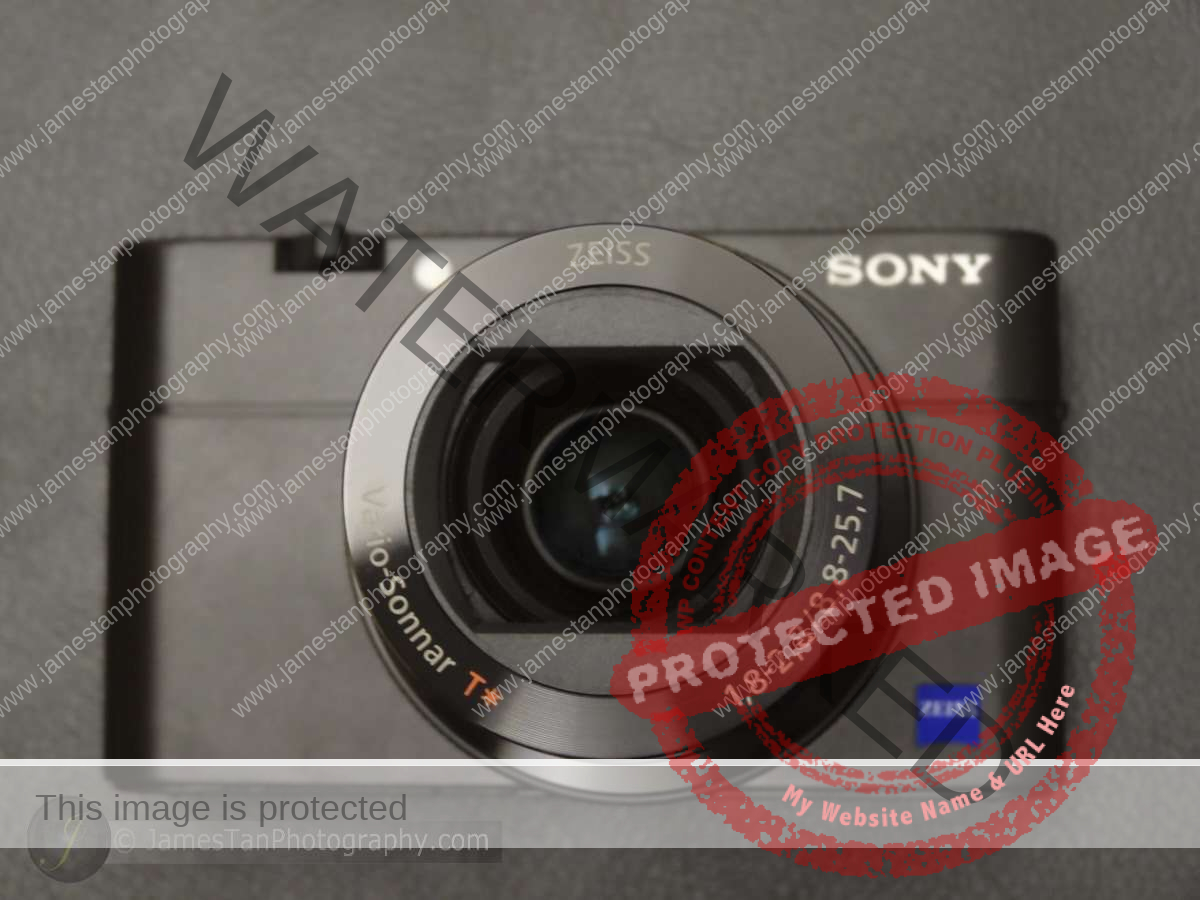
Photography starts by getting yourself a camera and taking the shots. Regardless you are using a phone camera, point-and-shoot, mirrorless, or DSLR, a camera that is always with you is the best camera. Nowadays, the camera has become more and more common and cheaper in the market. If you are new to the camera market, buying a camera is always a headache problem.
Leica, Canon, Nikon, Sony, Fuji, and many other brands are now in the market. Each of them has its good and bad. That’s the reason that people always confuse – which camera brand is better? Which camera performs better? So, will you get the answer from this post? No, I’m not going to tell you which camera is the best or which brand is the most preferable, but I will give you some guides to assist you in listing out your criteria yourself.
1. Budget
Photography isn’t cheap entertainment. It isn’t something like, oh, it is just buying a camera, and that’s it. No, when you are serious in photography, you may want more than just a camera.
You will think you need an extra battery, a faster memory card, and maybe a tripod? If you bought a point and shoot initially, you may start looking for an APS-C or even a full-frame camera when you become a more advanced photographer. Once you get a better camera, you will look further for a better lens, and it will be the beginning to cost you an arm and a leg (or even more than that).
So never spend your entire budget on a camera. Keeping some spare money is always a wise action. Check the prices of the extra battery, external charger, memory card, tripod, camera bag, and so on, then deduct those costs from your budget. The leftover will be your “actual budget” for your camera.
2. Purpose
What is your purpose in buying a new camera? First camera? Replacement? Backup?

Travel Light
If you want a camera to shoot during your traveling or journey, a lightweight camera like point-and-shoot or mirrorless may be your choice. Because you have to enjoy your travel, a light camera allows you to carry a whole day without much effort or tiredness.
Enthusiast
If you are an enthusiast, choose a micro four-third or APS-C camera with interchangeable-lens capability. You have the joy of exploring different lenses, especially the prime lens (you may love it or hate it), and having more user controls in the aperture, shutter speed, exposure, and DOF (Depth of View), etc.


Going for Business
If you run a business, it is recommended to use a full-frame camera, either a mirrorless or DSLR. Let’s imagine, if you go to a photography shop to take a portrait or hire an event photographer (wedding, sport, etc.), then what do you feel when you see the photographer use a point-and-shoot or handphone to do the job? Yea, you got the feel, right? A black square-ish big camera always gives people a “wow”, this photographer is a professional!
Backup
When you are going to buy a backup camera, I guess that you are likely shooting some severe events that you couldn’t afford for any loss of a moment. At this stage, get yourself the same model camera, or at least the same brand camera that utilizes the same lens mount. By then, you will save tons of money by sharing the lenses and boosting your efficiency during the shooting, as both your primary and backup cameras are using identical/similar settings.

So please be clear with yourself otherwise you might regret that why you get something doesn’t fit your purpose.
3. RAW Capable
RAW format is a handy and recommended image format. Almost all the mirrorless and DSLR are RAW-capable. However, if you intend to buy a PAS (point and shoot), it is better to choose the RAW-capable one. You may not understand the advantages of using RAW yet, but a RAW-capable camera is always a good-to-go. You will appreciate that you bought a RAW-capable camera when you need it or just realized how powerful it is.


As compared above, the sky is overexposed. I adjust the highlight and exposure settings in post-processing. The JPEG photo overexposed area is dead-white, while the RAW photo overexposed area still preserves the color and sky details.
4. After-Sale Services
How convenient are you able to reach the service center? How long the service maintenance take? You definitely won’t want to ship your camera/travel for a few hours to send your camera for service and wait for a month or two to get it back (if you purchased from another country). So check with your local retailer about the warranty and service, like how long does the maintenance take or is there any service charge. Knowing more about the after-sale services before buying the camera will keep your money safe in your wallet.
5. User Review
You can get a lot of user reviews from Amazon, BHPhoto, and other websites. These user reviews are very helpful to assist you in understanding more about the camera in a broader manner which you might never know before you own the camera. Besides, reviews from some personal or professional camera sites provide good technical analysis data and more accurate/real-life sample shots or even compare your “wishlist” camera. Read those reviews to narrow down the choices, keep in mind those reviews about your “final choice”, and then try it out at the retail shop.
Bottom Line
Want to know more about which kind of camera suit you the best? A point-and-shoot? a mirrorless? Or a DSLR? Then stay tuned, and you may find it out from my coming posts: 5 Reasons to Own a point-and-shoot, 5 Reasons to Own a Mirrorless, and 5 Reasons to Own a DSLR. Hopefully, the points mentioned above will help you in buying a camera that fits your needs.
Thanks for your reading and I hope you like it =)




Leave a Reply